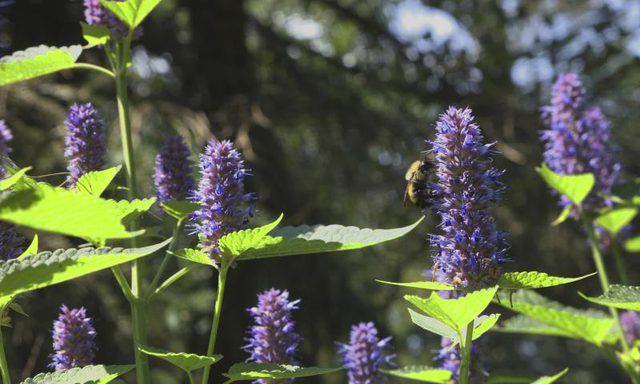Bulbs
Flower Basics
Flower Beds & Specialty Gardens
Flower Garden
Garden Furniture
Garden Gnomes
Garden Seeds
Garden Sheds
Garden Statues
Garden Tools & Supplies
Gardening Basics
Green & Organic
Groundcovers & Vines
Growing Annuals
Growing Basil
Growing Beans
Growing Berries
Growing Blueberries
Growing Cactus
Growing Corn
Growing Cotton
Growing Edibles
Growing Flowers
Growing Garlic
Growing Grapes
Growing Grass
Growing Herbs
Growing Jasmine
Growing Mint
Growing Mushrooms
Orchids
Growing Peanuts
Growing Perennials
Growing Plants
Growing Rosemary
Growing Roses
Growing Strawberries
Growing Sunflowers
Growing Thyme
Growing Tomatoes
Growing Tulips
Growing Vegetables
Herb Basics
Herb Garden
Indoor Growing
Landscaping Basics
Landscaping Patios
Landscaping Plants
Landscaping Shrubs
Landscaping Trees
Landscaping Walks & Pathways
Lawn Basics
Lawn Maintenance
Lawn Mowers
Lawn Ornaments
Lawn Planting
Lawn Tools
Outdoor Growing
Overall Landscape Planning
Pests, Weeds & Problems
Plant Basics
Rock Garden
Rose Garden
Shrubs
Soil
Specialty Gardens
Trees
Vegetable Garden
Yard Maintenance
What Is Hyssop?
What Is Hyssop?. Hyssop (Hyssopus officinalis) is both a culinary herb and an attractive clumping, woody-stemmed perennial. Native to southern Europe, hyssop grows up to 2 feet tall and 1 1/2 feet wide, with glossy leaves and dark blue, pink or lavender, spiky flowers that bloom through summer and into fall in U.S. Department of Agriculture plant...

Hyssop (Hyssopus officinalis) is both a culinary herb and an attractive clumping, woody-stemmed perennial. Native to southern Europe, hyssop grows up to 2 feet tall and 1 1/2 feet wide, with glossy leaves and dark blue, pink or lavender, spiky flowers that bloom through summer and into fall in U.S. Department of Agriculture plant hardiness zones 3 through 10.
Climate and Culture Needs
An easy-care plant, hyssop likes full sun in most climates and light afternoon shade in hot climates. It does best with regular watering, about once week or more in hot weather, but can tolerate drought once it's established after a few years. It grows in average or poor, well-draining soil, but it thrives with rich soil.
Garden Uses
Like rosemary (Rosmarinus officinalis ) which grows in USDA zones 8 through 10 and lavender (Lavandula angustifolia ), which grows in USDA zones 5 through 8, hyssop has fragrant leaves that give off a musky, herbal scent as you brush by them on a walkway or in an herb garden. You can also keep them well trimmed to use as a low hedge or edging for a flower bed. The dainty leaves and spiky flowers also work well in containers for your deck or patio.
Getting More Plants
You can grow hyssop from seeds sown outside in early spring, from stem cuttings rooted outdoors in late spring or early summer or by dividing the plant in either spring or fall. Or, wait for the plant to self-sow and spread throughout your garden once it is established. Hyssop naturalizes along roadsides as well, where it gets water from run-offs, but it is not considered invasive.
Added Benefits
Hyssop is attractive to bees and butterflies and encourages beneficial insects such as ladybugs and lacewings. What's more, it's deer resistant due to its pungent leaves. Hyssop flowers make long-lasting cut flowers, its leaves add an aromatic, minty, peppery flavor to grilled meats, soups, sauces and stews and its flowers make an attractive garnish for soups and salads. If you plan to use hyssop in cooking, avoid spraying pesticides on or around the area where it grows.